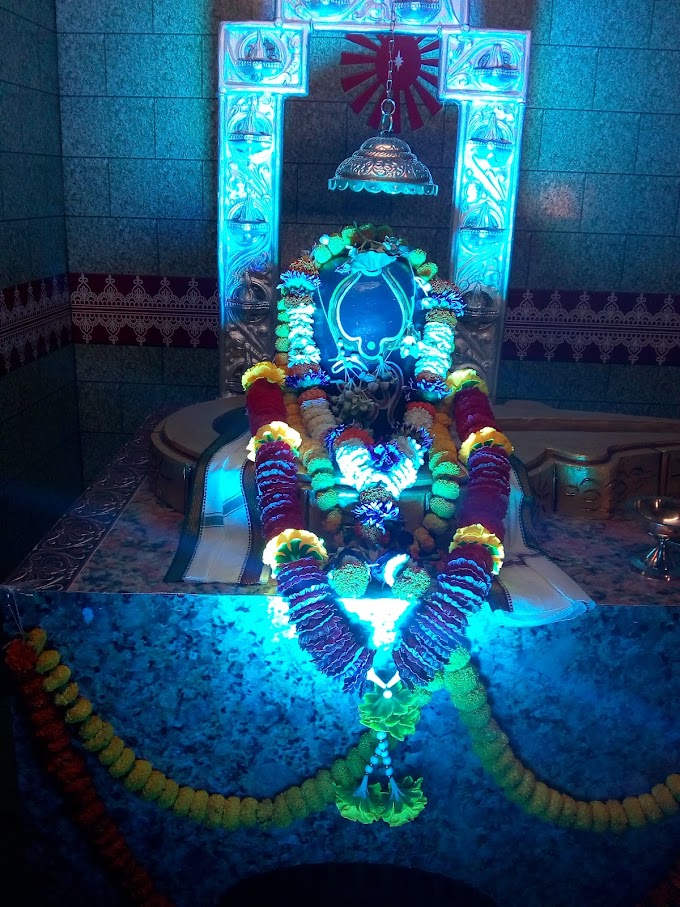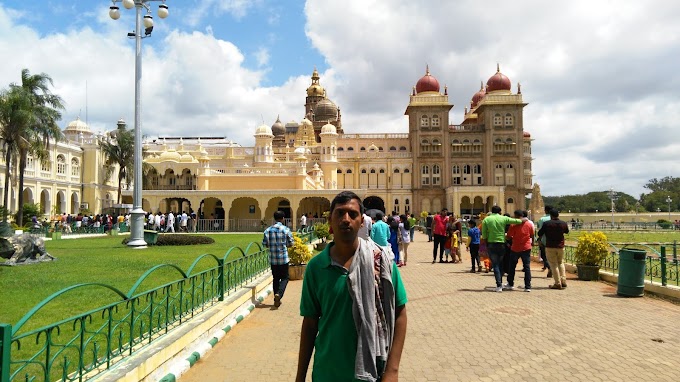The word Yoga derived from the Sanskrit word “yuji,” meaning
yoke or union, yoga is an ancient practice that brings together mind and body
.It incorporates breathing exercises, meditation and poses designed to
encourage relaxation and reduce stress. Practicing yoga is said to come with
many benefits for both mental and physical health, though not all of these
benefits have been backed by science.
This is a challenging style of yoga that is centered around a
progressive series of yoga sequences that, traditionally, students practice on
their own under the guidance of a teacher. If you think that yoga is not a
workout, you haven’t tried an Ashtanga class. Classes include advanced poses
such as arm balances and inversions including headstands and shoulder stands.
Beginner students are strongly advised to study with an experienced teacher.
Ashtanga classes will also often include teachings in yoga philosophy.
There is a growing body of research demonstrating that
practicing yoga could help reduce many types of chronic pain. In one study, 42
individuals with carpal tunnel syndrome either received a wrist splint or did
yoga for eight weeks. At the end of the study, yoga was found to be more
effective in reducing pain and improving grip strength than wrist splinting. Another
study in 2005 showed that yoga could help decrease pain and improve physical
function in participants with osteoarthritis of the knees .Although more
research is needed, incorporating yoga into your daily routine may be
beneficial for those who suffer from chronic pain.
Yoga is generally practiced in bare feet on a mat. Socks are
slippery, which is why wearing them is not recommended. If you really want to
wear socks, look for sports socks that have rubber grips on the soles.
A well-balanced series of yoga exercises gives you the
opportunity to scan your entire body, noting how you feel as you move through the
poses. You may begin to realize, for example, that one side of your body feels
different than the other during a stretch, or that it’s easier to balance on
your right leg, or that certain poses helps ease tension in your neck.
Sivananda: This is a system based on a five-point philosophy.
This philosophy maintains that proper breathing, relaxation, diet, exercise,
and positive thinking work together to form a healthy yogic lifestyle.
Typically uses the same 12 basic asanas, bookended by sun salutations and
savasana poses.
Yoga maintains that chakras are center points of energy,
thoughts, feelings, and the physical body. According to yogic teachers, chakras
determine the way people experience reality through emotional reactions,
desires or aversions, levels of confidence or fear, and even physical symptoms
and effects.
Yoga is an online space for practice and growth that provides a
wide array of tools that encourage you to be authentic, love yourself, and Find
What Feels Good. Find creative and experiential invitations to learn and
explore the body and what it means to be well. These classes and workshops are
led by Adriene and a diverse curation of unique and experienced guest teachers.
Aside from the physical benefits, one of the best benefits of
yoga is how it helps a person manage stress, which is known to have devastating
effects on the body and mind. “Stress can reveal itself in many ways, including
back or neck pain, sleeping problems, headaches, drug abuse, and an inability
to concentrate,” says Dr. Nevins. “Yoga can be very effective in developing
coping skills and reaching a more positive outlook on life.”
There are many different styles of yoga, such as Ashtanga,
Iyengar and Sivananda. Some styles are more vigorous than others, while some
may have a different area of emphasis, such as posture or breathing. Many yoga
teachers develop their own practice by studying more than one style.
About one in seven U.S. adults practiced yoga in the past 12
months, according to a 2017 national survey. Among children age 4 to 17, it was
about 1 in 12. The percentage of people who practice yoga grew from 2007 to
2012 and again from 2012 to 2017. This was true for both adults and children.
The most important thing to remember when starting a yoga
practice (or any new health habit) is that the key to success is doing it
routinely. Start small and manageable, says Dr. McCall. Ten or 15 minutes a day
of yoga may be more valuable than going to one class a week.
Yoga is a mind and body practice with a 5,000-year history in
ancient Indian philosophy. Various styles of yoga combine physical postures,
breathing techniques, and meditation or relaxation. In more recent years, it
has become popular as a form of physical exercise based upon poses that promote
improved control of the mind and body and enhance well-being. There are several
different types of yoga and many disciplines within the practice.
Interval or interrupted breathing: In this type of breathing,
the student is instructed to pauses and hold the breath during the inhalation
or exhalation, or both. It is a good way to begin to learn to control the
breath, especially if you are looking to try more advance yoga breathing
techniques.
No Sock, No Shoes, No Problem Yoga is generally practiced in bare feet on a
mat. Socks are slippery, which is why wearing them is not recommended. If you
really want to wear socks, look for sports socks that have rubber grips on the
soles.
Choose a mat that prevents you from slipping and sliding, as
that will give you a stable base for transitioning from one pose to the next.
Clean your mat regularly with antibacterial wipes. If you plan to rent mats at
your studio or gym, it would be a good idea to carry around a small packet of
antibacterial wipes to clean your rental mat.
Classes usually begin with a brief introduction by the teacher
that may include a focus or theme for the day, such as backbends or particular
poses, and then the teacher often will instruct the class to chant the word
“Om” together. (Om is a Sanskrit term that connotes the connectivity of all
things in the universe.)
Yoga Journal is number one source for in-depth yoga pose
instruction, yoga sequences for beginners to advanced practitioners, guided
meditations to keep your day stress-free, and yogic wisdom to inspire and
strengthen your path to enlightenment.
The practice originated in India about 5,000 years ago and has
been adapted in other countries in a variety of ways. Yoga is now
common place in leisure centers, health clubs, schools, hospitals and
surgeries.
There’s evidence that yoga may be helpful for anxiety associated with various
life situations, such as medical conditions or stressful educational programs,
and for depressive symptoms. However, yoga hasn’t been shown to help in managing
diagnosed mental health conditions such as anxiety disorder, depression.
Yoga is well known for its postures and poses, but they were not
a key part of original yoga traditions in India. Fitness was not a primary
goal. Practitioners and followers of yogic tradition focused instead on other
practices, such as expanding spiritual energy using breathing methods and
mental focus.
A set of specific exercises, called poses, combined with
specific breathing techniques and meditation principles are the building blocks
of a yoga class. If a pose causes pain or proves too difficult, there are
variations and modifications that can be made to help students. Props like
blocks, blankets and straps — even chairs — can be used to help you get the
most benefit from the poses. Yoga is not one-size-fits-all: The best yoga
workout for you will depend on your individual needs and goals.















